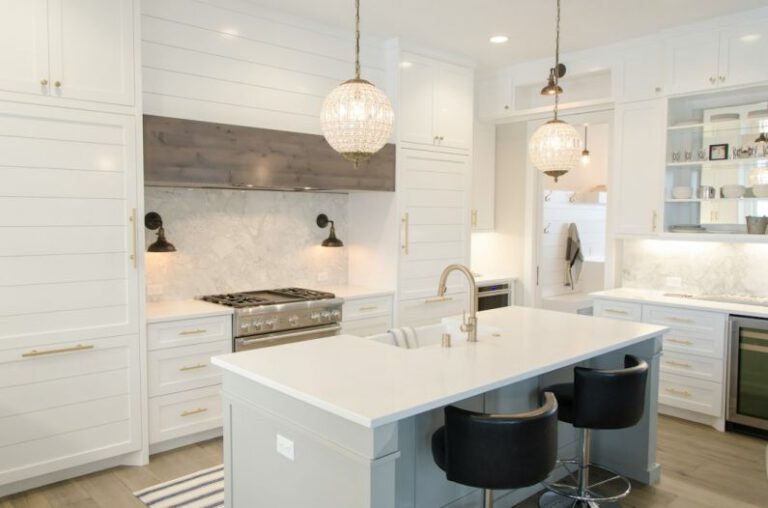How to Design a Home Office That Boosts Productivity?
Working from home has become more popular than ever, and having a well-designed home office can significantly enhance productivity. Whether you have a dedicated room or a small corner in your living space, creating a functional and inspiring work environment is essential. In this article, we will explore some key elements to consider when designing a home office that boosts productivity.
1. Choose the Right Location
The location of your home office is crucial. Ideally, it should be in a quiet area of your home, away from distractions and noise. If possible, select a room with natural light, as studies have shown that exposure to natural light can increase productivity and overall well-being. Additionally, consider the proximity to other areas of your home, such as the kitchen or bathroom, to minimize interruptions during your work hours.
2. Invest in Ergonomic Furniture
Working long hours at a desk can take a toll on your body. Therefore, investing in ergonomic furniture is essential for maintaining good posture and preventing discomfort. Start with a comfortable chair that provides proper support for your back. Consider a height-adjustable desk that allows you to switch between sitting and standing positions, promoting better blood circulation and reducing the risk of back pain. Remember to position your computer monitor at eye level to avoid straining your neck.
3. Declutter and Organize
A cluttered and disorganized workspace can be a significant source of distraction and stress. Take the time to declutter your home office and create an organized system for your documents and supplies. Invest in storage solutions such as shelves, drawers, or filing cabinets to keep everything in its place. A clean and tidy workspace will not only improve your focus but also create a sense of calm and order.
4. Utilize Proper Lighting
Proper lighting is essential for a productive home office. Insufficient lighting can lead to eye strain and fatigue, while harsh lighting can cause glare on your computer screen. Aim for a combination of natural and artificial lighting. Position your desk near a window to maximize natural light during the day. Use task lighting, such as a desk lamp, to provide focused illumination for your work area. Consider using LED bulbs, as they are energy-efficient and produce a more natural light.
5. Incorporate Motivational Elements
Designing a home office that inspires and motivates you is crucial for maintaining productivity. Personalize your workspace with items that reflect your interests and goals. Hang motivational quotes or artwork on the wall, or place plants and flowers to bring a touch of nature into your office. Surrounding yourself with things that make you happy and motivated can significantly boost your mood and productivity levels.
6. Create a Distraction-Free Zone
In a home environment, distractions are inevitable. However, creating a distraction-free zone within your home office can help you stay focused. Establish boundaries with your family members or roommates, letting them know your work hours and requesting their cooperation in minimizing interruptions. Consider using noise-cancelling headphones to block out external sounds. Keep your phone on silent or in another room to avoid the temptation of constant notifications.
In conclusion, by carefully considering the location, furniture, lighting, organization, motivation, and minimizing distractions, you can design a home office that boosts productivity. Remember that everyone’s preferences and needs may differ, so tailor your workspace to suit your individual requirements. With a well-designed home office, you can create a conducive environment that promotes efficiency, creativity, and overall well-being.






